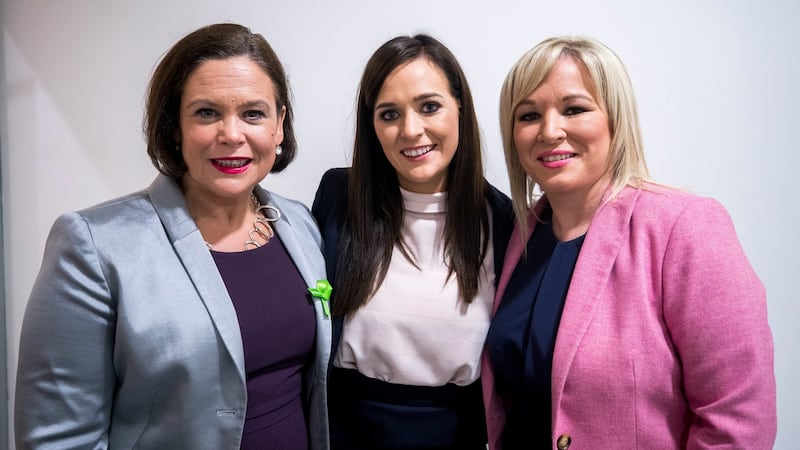People in Northern Ireland are pretty fired up for this Westminster contest and that is illustrated by the fact that there are more than 50,000 additional people on the electoral register now compared to UK general election of June 2017.
Two years ago 1,242,698 people were entitled to vote. This time there are 1,293,971 people on the register.
Brexit and Northern Ireland’s union with Britain are the two key issues in this campaign. All parties, but the DUP and Sinn Féin in particular, have succeeded in getting more of their supporters on the list.
Every vote will count, especially in tight constituencies such as North Belfast, South Belfast, Foyle and Fermanagh and South Tyrone.
Coming into this election the DUP was on ten seats, Sinn Féin had seven abstentionist seats, while independent unionist, now retired, Lady (Sylvia) Hermon held the final seat of North Down.
This time it could end up DUP nine, Sinn Féin seven and SDLP two. But this is with the caveat that most elections throw up surprises to confound the pundits.
Here’s how the contest is shaping up across the 18 Northern Ireland constituencies:
North Belfast: This has been a bitter and brutal battle fought between outgoing DUP MP Nigel Dodds and Sinn Féin's John Finucane. Nobody, not even the bookies who have each candidate at 5/6 to win, can call it. There are 4,000 additional voters on the register in North Belfast and how they divide will decide it.
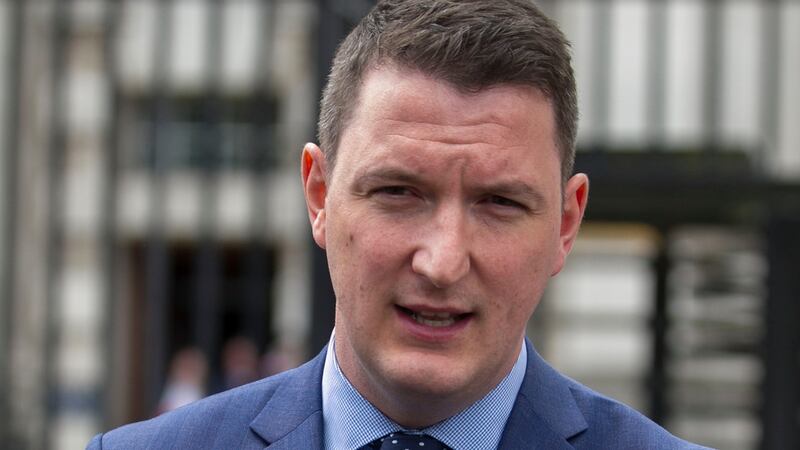
Foyle: In 2017, the SDLP lost its three House of Commons seats, Foyle, South Belfast and South Down. The party believes it can recover at least two of them, including this one. Elisha McCallion for Sinn Féin took the seat from former SDLP leader Mark Durkan by just 169 seats.
SDLP leader Colum Eastwood is well-placed to regain it, although no one should underestimate the Sinn Féin electoral machine when it is fully motoring.
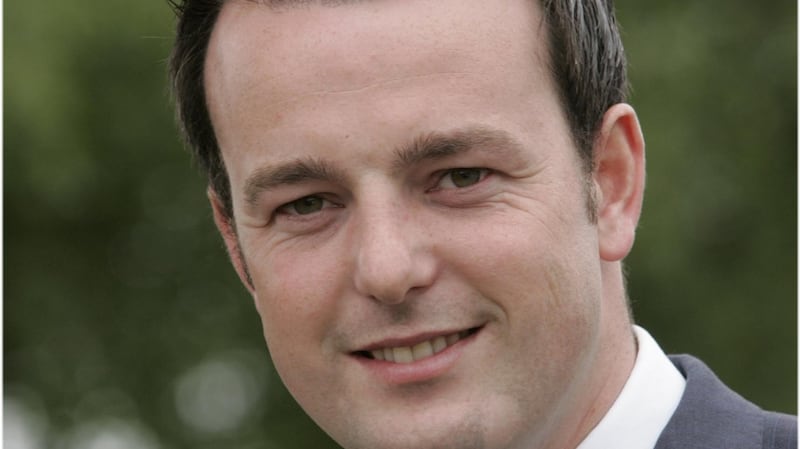
South Belfast: With Sinn Féin pulling out of the race, along with the Greens, the SDLP's Claire Hanna appears to have the advantage here over the outgoing DUP MP Emma Little Pengelly. The Alliance's Paula Bradshaw believes that she too could win in this liberal constituency but it's hard to see past Hanna.
Fermanagh and South Tyrone: The DUP has given the UUP's Tom Elliott a clear run here. He defeated Sinn Féin's Michelle Gildernew in 2015, with Gildernew taking it back two years later. Gildernew first won the seat in 2001 and lost it only once, four years ago, and while Elliott could run her close she is favourite.
East Belfast: Alliance leader Naomi Long caused one of the great electoral surprises when she took this seat from DUP leader and first minister Peter Robinson in 2010. Long again is chasing the seat, this time against the DUP's Gavin Robinson, who defeated her in 2015 and 2017. The so-called "Alliance surge" of the past two years gives Long a chance but Gavin Robinson appears well set to resist her challenge.
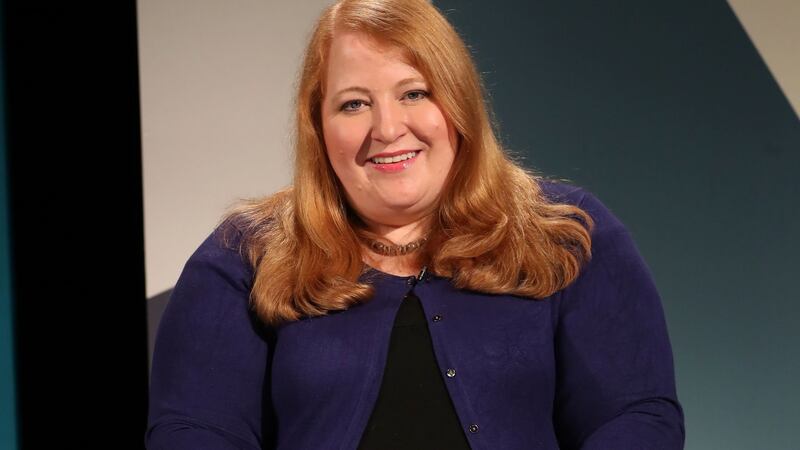
North Down: Lady Hermon's exit from politics makes this a three-contender contest between Alex Easton of the DUP, Stephen Farry of Alliance and Alan Chambers of the UUP. Easton came within 1,200 votes of Hermon two years ago. For Farry or Chambers to defeat him, one of them must win the bulk of the Hermon vote. That is perfectly possible, with Farry probably having the better chance, but Easton may have put in the work to finish ahead of both.
South Antrim: Danny Kinahan, a prominent UUP remainer is seeking to take back this seat from the DUP. Kinahan defeated the Rev William McCrea four years ago and believes he can do the same to the DUP's Paul Girvan who won in 2017.
McCrea always was a “love him or loathe him” politician while the hardworking and rather grey Girvan doesn’t tend to cause as much upset. That colourlessness could get him through.
Upper Bann: David Simpson, who gained some unwelcome local headlines over an extra-marital affair, decided not to stand this time for the DUP, handing on the baton to Assembly member Carla Lockhart. A popular figure she faces the main challenge from Sinn Féin's John O'Dowd and the UUP's Doug Beattie. She should be returned fairly comfortably.

South Down: This was one of three seats that the SDLP lost in the 2017 election, Chris Hazzard winning by 2,446 votes against Margaret Ritchie, a former leader of the SDLP. Baroness Ritchie of Downpatrick has gone to the House of Lords with Hazzard facing the main challenge from the SDLP's Michael Savage. Savage believes he has a decent chance but the advantage appears strongly with Hazzard.

West Belfast: This is the only one of the four Belfast constituencies where there is no doubt about the result. Former Sinn Féin president Gerry Adams stood down from West Belfast in 2011 with Paul Maskey easily taking the seat in the by-election of that year. In 2017, Maskey had a majority of 21,652 and seems certain to win again by a landslide.
Strangford: The DUP's Jim Shannon first won this seat in 2010 and has held it safely since then, coming home two years ago with a majority of 18,343. He faces opposition from seven candidates but should romp home well ahead of them all.
North Antrim: Outgoing DUP MP Ian Paisley is in some bad odour over his fondness for holidaying in exotic places such as the Maldives and Sri Lanka, but even with official investigations into the probity of such conduct his seat is safe. It will be interesting though to watch will there be any telling dip in his majority of close to 21,000 votes from 2017.

East Antrim: The DUP Brexit spokesman Sammy Wilson first won this seat in 2005 from Roy Beggs senior of the UUP, the incumbent since 1983, with a majority of 7,300. He has further consolidated his position since then, in 2017 winning by close to 16,000 votes. One of his six challengers is the new leader of the UUP, Steve Aiken but Wilson won't be worried.
Mid-Ulster: This was the safe seat of the late Martin McGuinness until he stood down in 2013 to concentrate on his deputy first minister duties, Francie Molloy winning it in the by-election of that year and without any pressure holding it since then. Molloy had a majority of close to 13,000 two years ago. It remains a safe seat for Sinn Féin.
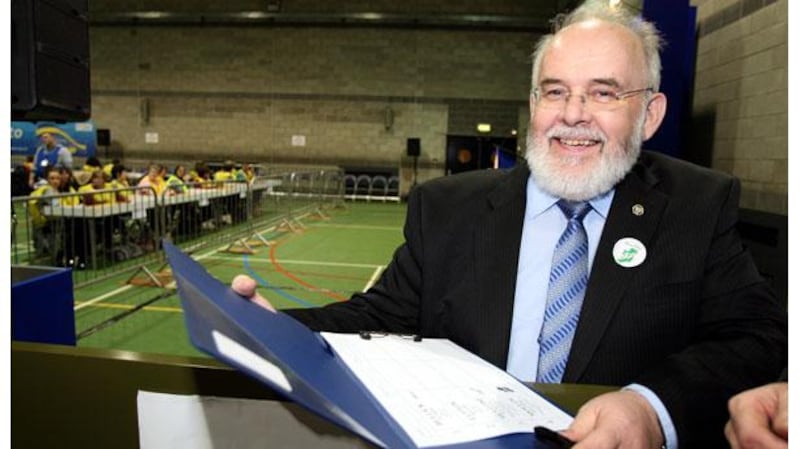
Lagan Valley: Sir Jeffrey Donaldson of the DUP has been safely ensconced here since 1997 and with a majority of more than 19,000 won't have any anxieties about being dislodged.
Newry and Armagh: This used to be the seat of former SDLP deputy leader and deputy first minister Seamus Mallon, but when he retired Sinn Féin's Conor Murphy won it in 2005, regaining it five years later. The seat passed on to Mickey Brady in 2015, who held it again in 2017 with a majority of more than 12,000. Another safe Sinn Féin seat.
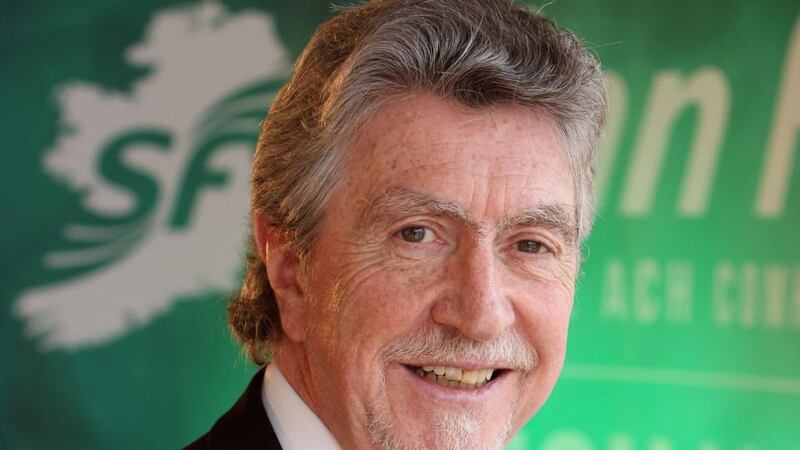
East Derry: The DUP's Gregory Campbell has been MP here for 18 years. In 2017 he won it with a majority of close to 9,000 and despite the controversy surrounding his "curry my yogurt" take on the Irish language won't have any fears about his five challengers.
West Tyrone: Sinn Féin has safely held this seat since Pat Doherty won it from the UUP in 2001. When he called it a day Sinn Féin's Barry McElduff took it over in the 2017 election. He didn't have it long though as he was forced to stand down over an incident when he inexplicably posed with a loaf of Kingsmill bread on his head on the anniversary of the January 5th 1976 Kingsmill massacre when the IRA killed ten Protestant workmen in south Armagh. Orfhlaith Begley won the seat for Sinn Féin in the byelection last year and seems certain to win it again.
